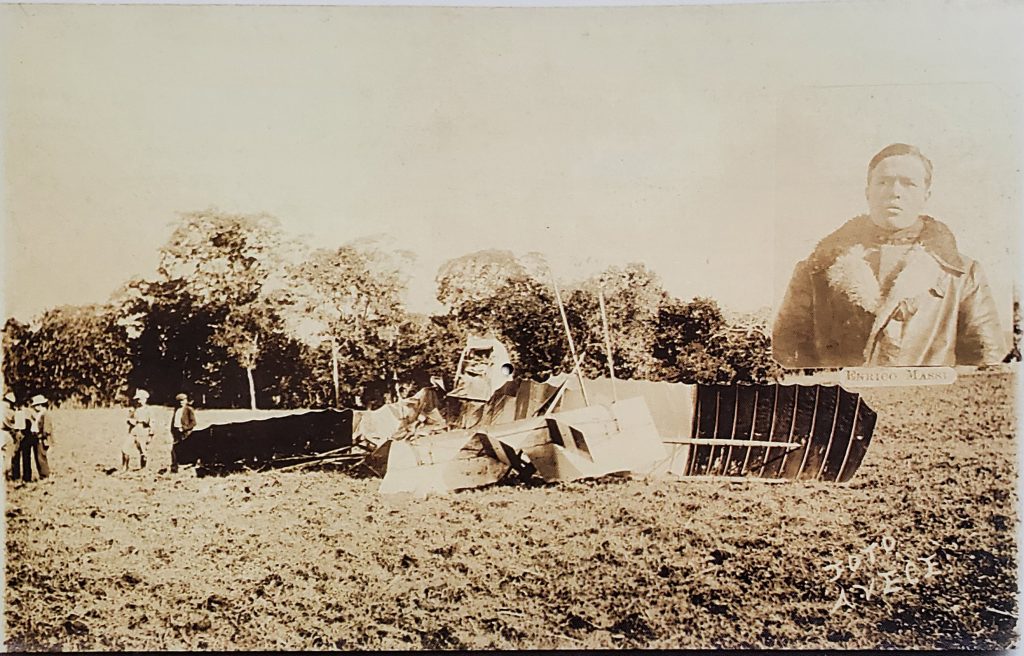
Fig. 1. Postcard of the fatal Enrico Massi plane crash on Oct. 4, 1923 near Ilopango Airport, El Salvador, Adolfo Villacorta Calderón, photographer. Upper right insert photo of Massi in Italy wearing his Italian army uniform covered by a leather jacket with lambskin lining.
Enrico Massi is an important enough figure in the history of El Salvador to have had a postage stamp issued in his name: in 1983 a ten-centavo stamp in the series “Salvadoran Air Force 50th Anniversary.” The series, featuring other Salvadoran flyers including Juan Ramón Munés (more below), came out fifty years after Massi’s tragic death.
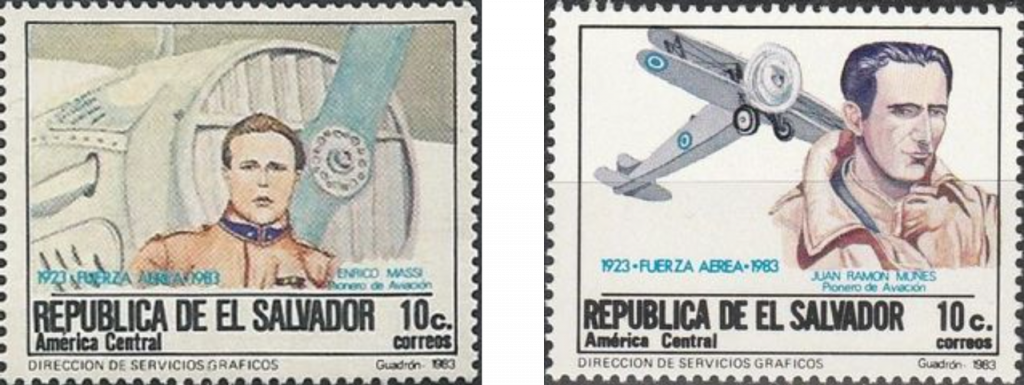
Fig. 2. Salvadoran postage stamps issued in 1983 to honor aviators Enrico Massi and Juan Ramón Munés.
Massi was born in Naples, Italy in 1897. At the age of 20, his country was at war: he entered the Italian Army and was trained as a pilot. He flew several missions, first for surveillance and then as a fighter pilot. After the war from 1920 to 1922 he served the Italian Army as a test pilot, authorized to fly 29 different types of airplanes. After he left the army in 1922 he performed in acrobatic air shows in Italy, Turkey, and Greece. In October, 1922 Massi and his mechanic, Antonio Della Noce, sailed to Central America, where he flew in both Honduras and Nicaragua. In February, 1923 he met President-elect Dr. Alfonso Quiñónes Molina, who contracted Massi to be part of his Presidential Inauguration festivities. Massi arrived in San Salvador on Inauguration Day, March 1. 1923, and distributed from the air leaflets from the new president! Government officials were so impressed with him and with his flying skills that he was hired that month as an aviation instructor for the Salvadoran military.
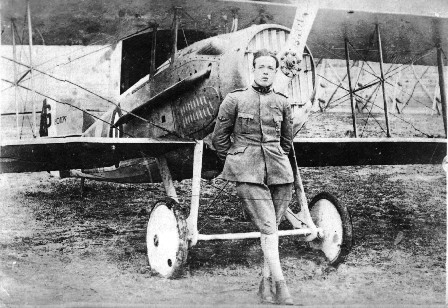
Fig. 3. Photo of Enrico Massi in his Italian Air Force uniform during the First World War in front of his French bi-plane fighter aircraft, the Spad 13.
Massi also gave informal flying lessons in the “Field of Mars” (now “Children’s Park”) in San Salvador and performed acrobatics over another early air field near Soyapango at the Finca Venecia, belonging to the former President Jorge Meléndez. In one instance, Massi competed with another flyer, an American named Brown, to win $3,000 for the best acrobatic performance. One day, Massi landed on a football field in Santa Ana, and offered rides to intrepid bystanders. The cost for a short airplane ride over the city was five colones. Massi was contracted to release from the air publicity flyers for Jose Grimaldi’s store, “Londres y París.” On Sundays he flew to San Miguel to offer flights to several of its residents.
On October 4, 1923, Massi was giving a lesson in forced landings to a 20-year-old flying student, Juan Ramón Munés (1903–1968). They were flying over Ilopango airfield in a two-seated bi-plane, a French Caudron G.3. Munés was at the controls in the rear seat; Massi in the passenger seat in front. Once that day already Munés had succeeded in cutting off the motor, and landing. The second time, however, as the plane was gaining altitude, the motor conked out. Massi with the dual control tried to lift up the plane but failed. The wing and tail of the plane dipped and crashed into the ground. Ejected from the rear seat, Munés suffered a broken left arm, shoulder blade, and right leg, and was in hospital for months. Massi was caught in his seat and died instantly of cerebral concussion.
On the next day, October 5, the largest funeral in Salvadoran history was held since the funeral ten years before of assassinated President Dr. Manuel Enrique Araujo. Salvadoran and Italian flags draped the coffin, which was borne through the streets accompanied by a broken propeller. Again, the whole nation was in shock. This was the first aviation fatality in El Salvador.
On October 5, 1924, a year after the funeral, Juan Ramón Munés paid tribute by flying over the Central Cemetery in San Salvador, and releasing flowers over Massi’s tomb. This gesture became a ritual, which Munés faithfully performed annually until the pilot stopped flying in 1944. The fact that Massi died while giving a lesson is remembered on his epitaph, “En el santo apostolado de la enseñanza” (in the saintly mission of teaching”).
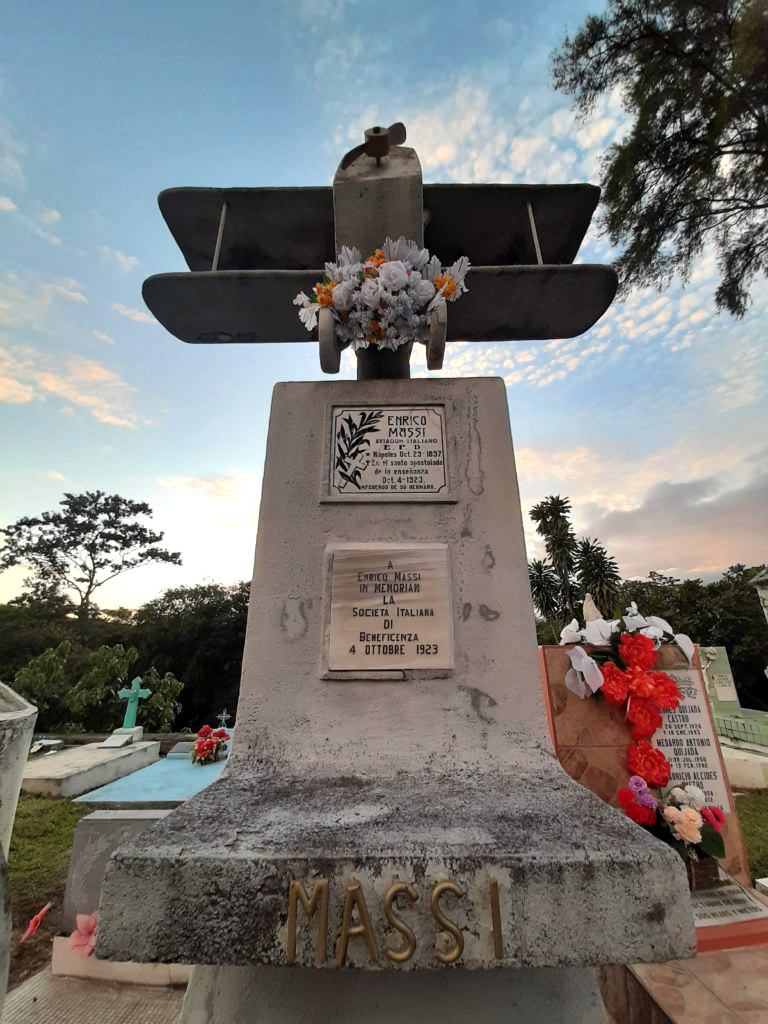
Fig. 4. Tomb of the Italian aviator Enrico Massi in the General Cemetery,
San Salvador, El Salvador, with credit to the Italian Benevolence Society.
Munés went on to become one of the most celebrated Salvadoran aviators. He had entered the school of Military Aviation in 1922, at age 19, and became its first graduate. He was a flying instructor at age 21, the first Salvadoran parachutist in 1925, and later was named director of the School of Military Aviation. He established flying records; for example, being the first aviator in Central America to fly at the altitude of 4300 meters. He also served as the president of the Salvadoran Club of Civil and Reserves Aviation from 1934 to 1940.
Juan Ramón Munés’s father Juan Munés (1875–1949) also had been a well-known figure in San Salvador. Trained as a horticulturalist in his native Barcelona, Spain, he immigrated to El Salvador, first working from 1895 to 1905 as director of the Model Farm in San Salvador. He designed gardens in Santa Ana, Suchitoto, and Zacatecoluca, and became gardener at the “Campo de Marte.”
Although Massi never married, he did have family in San Salvador. A younger brother, Alfredo Massi (1899–1981) was born in Italy, trained as a photographer, and immigrated to El Salvador in 1923, a few weeks after his brother Enrico. Through his Italian connections, he set up a partnership with Roberto Daglio. The firm, “Massi, Daglio, & Cie., Fotos” existed into the 1930s. Alfredo Massi became a cinematographer, and made the official film of the 1935 Central American Olympics held in San Salvador. Alfredo was the official photographer of the “Escuela Americana” from its inception in 1946 until 1962. He is buried next to his brother in San Salvador.
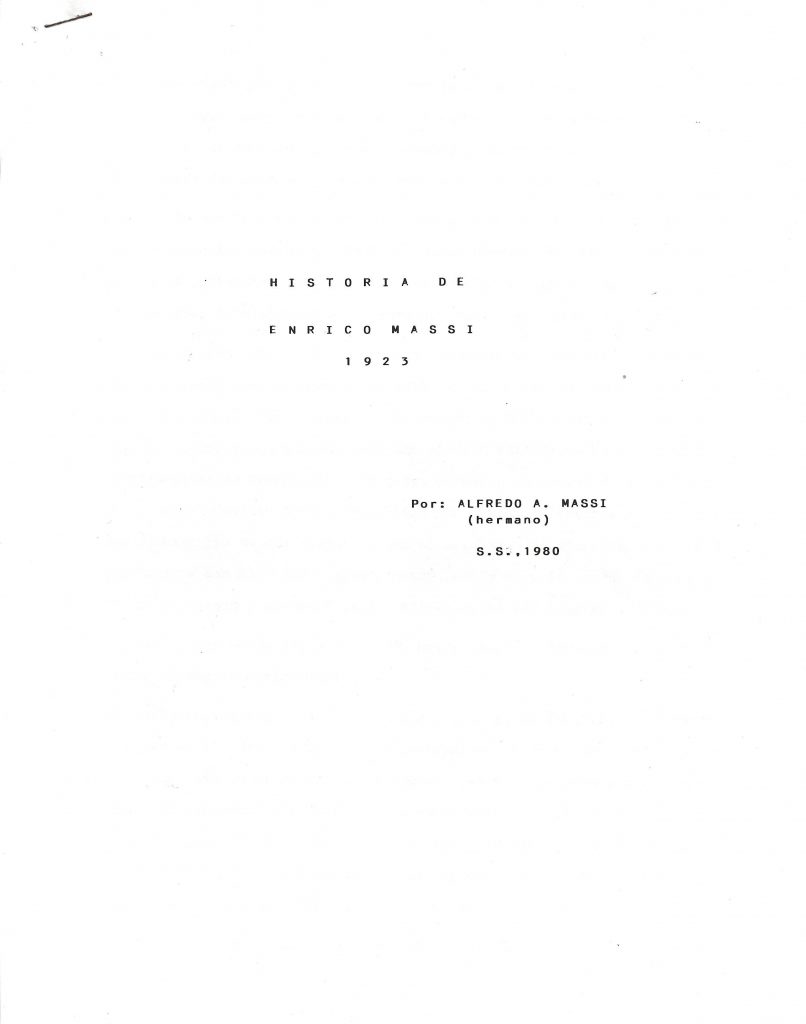
Fig. 5. Article, History of Enrico Massi 1923, written by his brother Alfredo A. Massi, San Salvador, 1980.
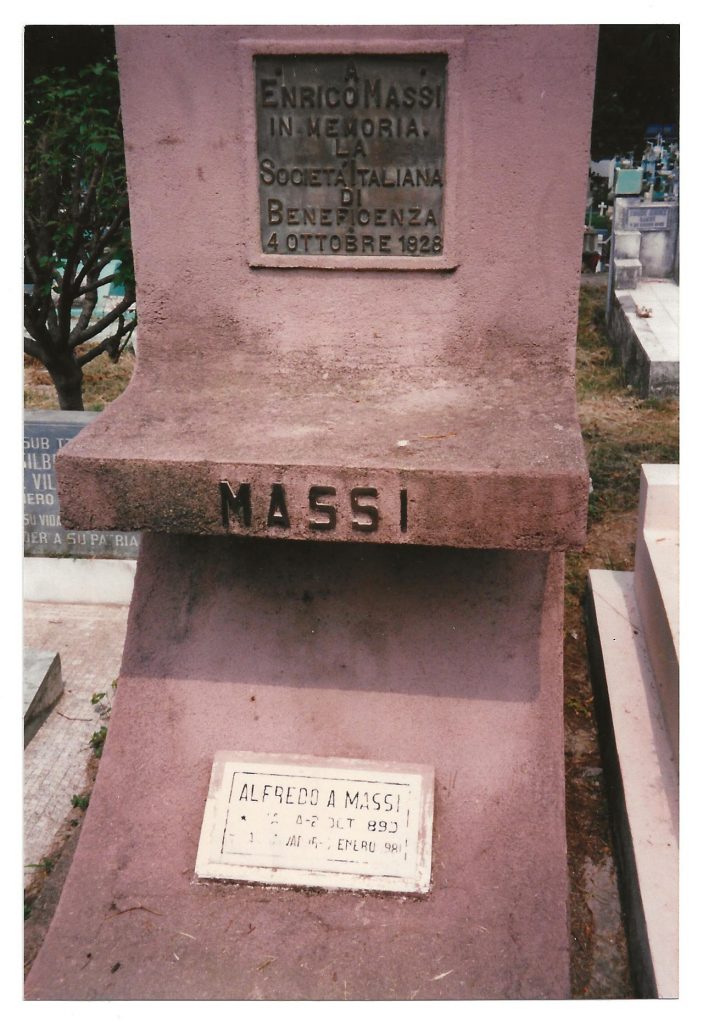
Fig. 6. Alfredo A. Massi epitaph added to Enrico Massi’s tomb. Photo by Stephen Grant
Text from Grant, Stephen, Postales Salvadoreñas del Ayer/Early Salvadoran Postcards. San Salvador, El Salvador: Fundación María Escalón de Núñez, 1999, 328 pp. Bilingual edition, pp 286–287.
P.S. When I lived in El Salvador from 1996 to 2000, I had telephone conversations with Enrico Massi’s nieces, Fiorella Massi de Parada and Lucia Massi in San Salvador. Lucia was General Manager of Systemas C&C S.A. de C.S. Lucia kindly sent me a six-page article about Enrico written in 1980 by her brother Alfredo Massi which formed the basis of the entry in Postales Salvadoreñas del Ayer/Early Salvadoran Postcards.
The Enrico Massi tomb is one of the most striking in the Central Cemetery of San Salvador. Suddenly you come upon an airplane on top of a tomb! You see an elevated vertical plinth barring raised metal letters of the family name Massi capped with a sculptured bi-plane. The front of the plinth is adorned with hand-carved marble entablatures engraved with the names, dates and inscription. A wing piece on the right shows the same with the addition of artisan-made ceramic tiles and floral coverings.
COMMENTS:
1 Comment
Submit a Comment
CONNECT

A bright light on a unique El Salvador Italy connection!